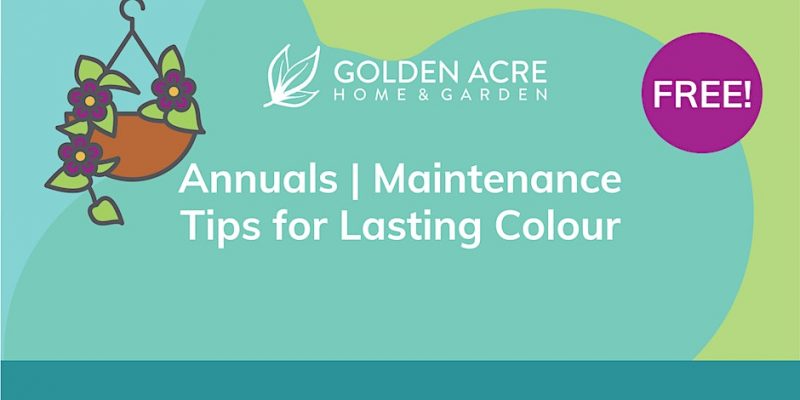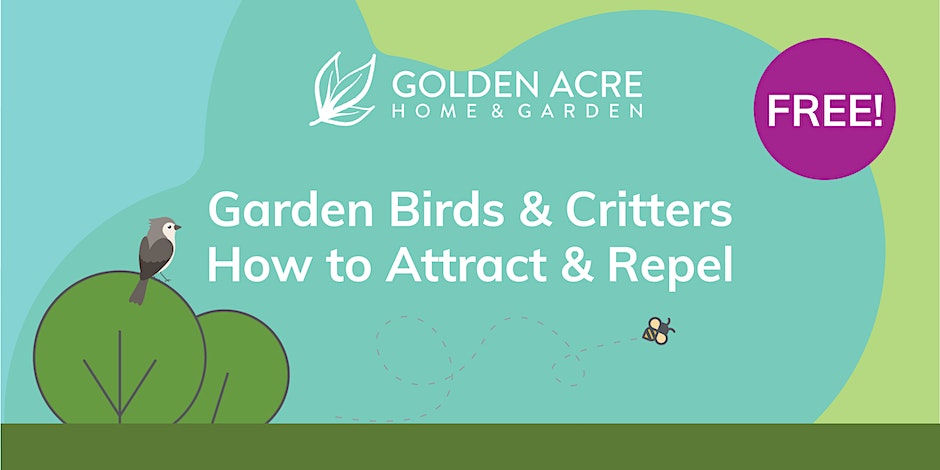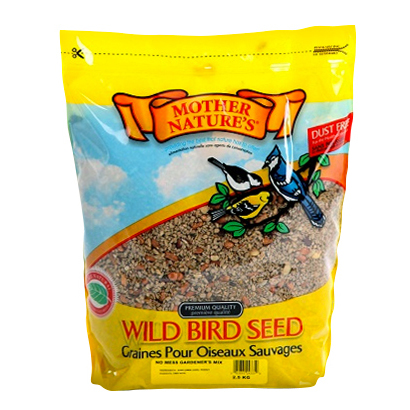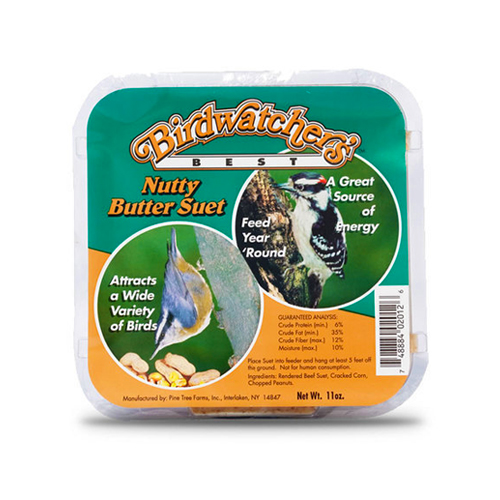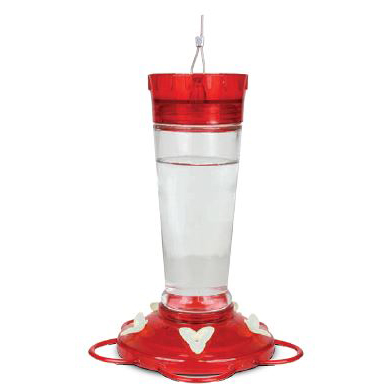Garden Birds & Critters
Have you ever felt that sense of satisfaction when a robin, or other friendly yard bird, comes in to enjoy a quick bath, a snack, or raise a family in a fruit tree? It’s a nice feeling, right? It’s like the biggest high five that you’re doing all the right things. Bird song is relaxing and birds are just fun to observe for all members of the family. Birds can also target problem insects! However, I realize we can also attract some…. not so friendly birds and critters as well. Nature is a balance. Let’s talk about some of the benefits birds can bring to your garden, and what challenges you may encounter too.
What kinds of birds do you see around the neighbourhood? In Calgary, you can expect to see chickadees, robins, northern flickers, Nuthatches, Grey Jays, Downy Woodpeckers, Magpies, and so much more. It’s actually amazing the diversity we have in our bird system. Some folks have even be lucky to attract hummingbirds, but that’s uncommon. During today’s webinar, we were surprised to find some similarities and differences with bird diversity across North America! One viewer even mentioned seeing doves where they’re from in California. Perhaps this diversity is what makes bird watching such an interesting hobby.
Attracting Birds
So how do you attract birds to your own backyard? Make sure they have access to the following essentials, and make sure they’re obvious to find:
Food
Narrow down what you’re trying to attract. Bird seed, nectar, and suet are as diverse as the species in our region, so target a seed that will do the job. Bird seed bags will usually have a photograph and label showing what birds the mix will attract. Today, Colin featured Mother Nature’s Bird Seed which a Canadian Brand out of Taber, AB. The ‘No Mess Gardeners Mix’ is a great product because there are no shells and the seeds will not sprout in your garden! It’s a good option, and this brand makes a bunch of varieties for finches, jays, etc.
- Bird Seed | Sometimes this type gets it’s own wall at the garden centre. This is the typical food source for most backyard birds.
- Suet | This is a great option heading into autumn and winter for those birds that stick around and do not migrate. It’s basically a blend of fat and seed/nuts. This will give them energy when normal food sources are scarce. Look for the pictures on the package to determine which one to get. They also vary by shape depending on which feeder you have | LINK
- Suet Feeders | LINK
- Nectar | For hummingbirds and butterflies. Fortified with vitamins and calcium. All natural sugars. Nectar should be changed every 3 to 5 days. On hot summer days exceeding 85F/29C change nectar daily | LINK
- Hummingbird Feeders | LINK
Water
Our backyard bird friends are looking for water for hydration AND grooming purposes! Here are a couple of ways you can increase the availability of water:
- Birdbaths | You can get baths made of plastic, concrete, glass… some go on your deck rail! You can even grab a bird bath heater for year round support. Tip: use rocks to elevate portions of your bird bath water level so it can be enjoyed by everyone!
- Birdbaths | LINK
- Fountains | birds love running water, and some can even double as a bird bath!
- Fountains | LINK
- Sprinklers | Brings all the birds to the yard, especially robins! For birds that feast on worms, sprinklers will encourage worms to rise to the surface.
- Sprinklers | LINK
- Tupperware containers | Fill a reusable container with a shallow amount of water so little birds can access it.
- Puddles | Ever seen birds bathing in the puddles after a rainstorm? You can also create puddles while you’re already out watering!
Shelter
Our bird friends want to feel safe while exploring your garden. A shelter can can protect birds against weather, predators, and can even help them start a family. Here are some options for shelter:
- Trees can shelter birds of really any size. Birds may chow down on bugs, hide within the leaves, and some may even make shelter within the tree itself.
- Trees | LINK
- Shrubs can shelter our smaller birds like chickadees and finches. Have you ever walked past a shrub and heard the social ‘tweets’ of birds? They love the privacy and cluster of branches that predators can’t access.
- Houses can be a custom option because you can usually pick up a variety of sizes from your local garden centre or you can diy and make one! The bigger the bird, the bigger the house.
Garden Critters
Squirrels
I’m pretty sure this is a challenge in many regions across North America. Squirrels are tenacious, can be destructive, often wasteful, and they loooove the buddy system. Here are some things you can do to control squirrel activity in your garden:
- Provide food alternatives | Give them their own spot for food so they feel less inclined to bother the birds.
- Armstrong Peanut Feed | LINK
- Hang Feeders in “safe” zones | Don’t give squirrels an easy access point like a tree or a ledge. They’re crafty!
- Consider Metal | Here’s a feeder than can act as a gatekeeper LINK
- Stick to small seed | Squirrels won’t concern themselves with Nyjer seed. So maybe stick to attracting the little birds – LINK
Wasps
Did anyone else get goosebumps? This is a true garden pest and can be especially challenges if you’re trying to attract hummingbirds with nectar. Wasps can injury, and sometimes kill, our birds. Here are somethings you can do:
- Keep areas clean if they’re not being used. Don’t give them places to hide and make nests.
- Waspinators & Traps can deter them by thinking that there’s already a resident in the garden
- Waspinator | LINK
- Wasp Trap | LINK
- Spray as needed, but be careful not to target a feeder in the process.
- Attract Corvidae so they can take care of the problem!



Corvidae
Ants
We could probably do without ants in our garden, right? The birds don’t even particularly like them, and they also will target the sugary goodness of our hummingbird feeders. Here’s something you can attach to your feeder:
- Metal Ant Moat | Fill with water or cooking oil. Hang feeder from ant moat. Ant crawls down hook and cannot cross liquid – LINK

Mold
A healthy garden can protect the wildlife that call it home. Like with humans, mold can harm our backyard bird friends. Make sure to regularly inspect your food source (seed, suet, nectar), and consider rotating your seed stock. Bird feed should be stored in a cool, dry location.
Best of luck on your birding adventures.
Tag us on social media, or email us your photos so we can feature them for all the see (social@goldenacre.ca)
Resources
More Detailed PowerPoint Presentation | GA Webinars – Birding 2023
Encore Video Presentation | Coming soon
Next Webinar | Annuals – Maintenance for Lasting Colour | Jun 17, 2023
